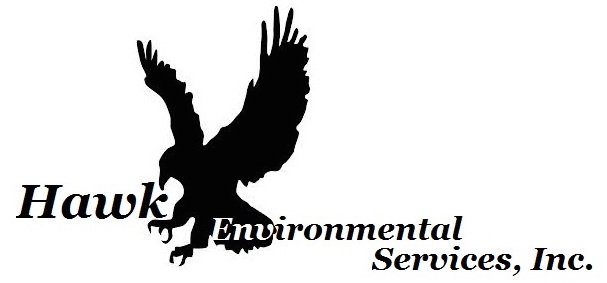Often times clients will request VOC testing to determine what types of gases are present in their indoor air, and if the levels are safe to breathe. This may be due to odors associated with paint fumes, floor-finishes, new construction, unknown chemical spills or exposures, worker’s health and safety, LEED verification, or many other reasons.
While the list of compounds present in the air can be in the hundreds or thousands, the EPA has developed a method to target some of the more important volatile organic compounds (method TO-15). Our standard list covers 64 of these common VOCs over an 8 hour period. Additional compounds can be added at the client’s request.
Price for VOC testing by TO-15

Summa canister testing VOCs by EPA To-15
Our standard cost for one sample of VOC levels to assess indoor air quality by method TO-15 is $650 in the general Seattle area. This method includes drive time, set-up, break-down (8 hours later), transport, analysis, and reporting.
Methodology for VOC testing
A cleaned and certified summa canister with an 8-hour regulator is brought into the testing area and placed in the breathing zone, 3 to 6 feet above the floor. The regulator is attached, opened, and the canister is allowed to fill over an 8 hour period. The sample is then transported to the lab for analysis, and a final report is delivered in 6 business days.
Assessing VOC levels
The charts in the final report show the concentration of different VOC’s that were measured in the client’s air sample, and compares them to published health and safety standards from OSHA (occupational safety and health administration), NIOSH (national institute for occupational safety and health), the WAC (Washington state administrative code), and MTCA (Washington State Department of Ecology Indoor Air cleanup levels method B). Results shaded in green are below all 4 standards, results shaded in yellow exceed one or more standards, and results shaded in gray fall below the detection limit of the lab testing.
Full List of VOC’s measured in our standard panel
1,1,1-Trichloroethane
1,1,2,2-Tetrachloroethane
CFC-113
1,1,2-Trichloroethane (TCA)
1,1-Dichloroethane
1,1-Dichloroethene (DCE)
1,2,4-Trichlorobenzene
1,2,4-Trimethylbenzene
1,2-Dibromoethane (EDB)
1,2-Dichlorobenzene
1,2-Dichloroethane
1,2-Dichloropropane
1,3,5-Trimethylbenzene
1,3-Butadiene
1,3-Dichlorobenzene
1,4-Dichlorobenzene
1,4-Dioxane
(MEK) 2-Butanone
2-Hexanone
Isopropyl Alcohol
4-Methyl-2-pentanone (MIBK)
Acetone
Acrolein
Benzene
Benzyl chloride
Dichlorobromomethane
Bromoform
Bromomethane
Carbon disulfide
Carbon tetrachloride
Chlorobenzene
Dibromochloromethane
Chloroethane
Chloroform
Chloromethane
cis-1,2-Dichloroethene
cis-1,3-dichloropropene
Cyclohexane
Dichlorodifluoromethane (CFC-12)
Dichlorotetrafluoroethane (CFC-114)
Ethyl acetate
Ethylbenzene
Heptane
Hexachlorobutadiene
m,p-Xylene
Methyl methacrylate
Methylene chloride
Naphthalene
Hexane
O-Xylene
4-Ethyltoluene
Propylene
Styrene
Methyl tert-butyl ether (MTBE)
Tetrachloroethene (PCE)
Tetrahydrofuran
Toluene
trans-1,2-Dichloroethene
trans-1,3-dichloropropene
Trichloroethene (TCE)
Trichlorofluoromethane (CFC-11)
Vinyl acetate
Vinyl chloride
